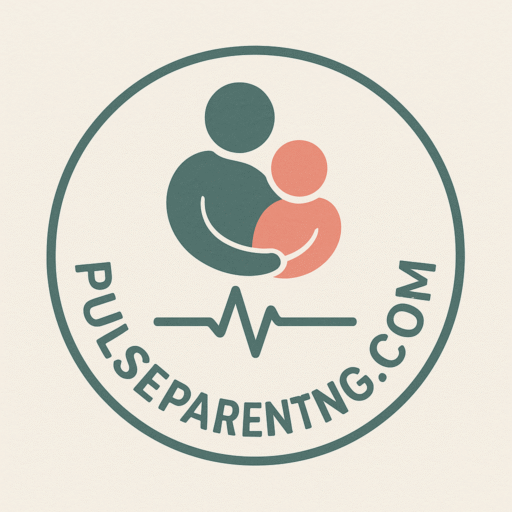Every child faces moments of big feelings — stress, anxiety, frustration, or even emotional meltdowns. In those moments, the right toy can do more than entertain. It can help a child calm their body, regulate emotions, and feel safe again.
This article explores categories of toys that gently support children during difficult times. Each one works differently, but all share a common purpose: helping kids find comfort through play.

1. Sensory Soothers: Calming Through Touch
When children are overwhelmed, sensory toys provide a safe and simple way to calm the mind.
Examples: stress balls, squishy toys, kinetic sand, playdough, fidget cubes, textured fabric swatches.
Why They Work: Touch-based play grounds children in the present moment. Squeezing, stretching, or feeling textures gives the brain a new focus. Instead of racing thoughts, children concentrate on the simple, repetitive sensation in their hands — a proven way to reduce anxiety.
2. Movement-Based Toys: Finding Balance in Motion
Gentle movement has a naturally soothing effect. Many children instinctively rock, bounce, or sway when they feel anxious. Movement toys build on that instinct.
Examples: rocking toys, balance boards, therapy swings, wobble cushions.
Why They Work: Rhythmic motion mimics the comfort of being rocked as a baby, which is deeply regulating for the nervous system. Movement also helps release pent-up stress, turning restlessness into healthy activity.
3. Weighted & Deep Pressure Toys: The Power of a Hug
Sometimes, children don’t need words or even play — they just need comfort. Weighted toys provide that in a simple, reassuring way.
Examples: weighted plush animals, lap pads, bean bag toys, body socks.
Why They Work: Deep pressure therapy is known to calm the nervous system. A weighted toy feels like a gentle hug, sending signals of safety to the brain. This helps reduce panic, lower stress, and make children feel more secure.
4. Visual Relaxation Toys: Calm for the Eyes
When emotions run high, soothing visuals can invite children to pause and breathe.
Examples: glitter calming jars, lava lamps, bubble timers, fiber optic lights.
Why They Work: Watching slow, flowing movement naturally encourages children to slow their own breathing. Visual focus provides mindfulness — it helps kids tune out chaos around them and concentrate on something peaceful instead.
5. Auditory Comfort Tools: Soothing Sounds for a Peaceful Mind
Sound is powerful. A familiar melody or a calming rhythm can turn a stressful moment into one of comfort.
Examples: musical plush toys, white noise machines, rain sticks, hand chimes.
Why They Work: Gentle, repetitive sounds regulate mood and create predictability. The brain responds to rhythm by calming down — making sound-based toys a wonderful option for children sensitive to overstimulation.
6. Creative Expression Outlets: Healing Through Art
For children, art is more than fun — it’s a form of emotional release.
Examples: coloring books, water painting pads, magnetic drawing boards, clay modeling kits.
Why They Work: Creative play offers a safe outlet when children don’t have the words to describe their feelings. The act of drawing, painting, or molding clay gives them control, reduces frustration, and helps them feel proud of what they create.
7. Mindfulness & Breathing Helpers: Calm Breaths Through Play
Breathing exercises are a cornerstone of emotional regulation — and toys can make them engaging and fun.
Examples: pinwheels, bubble blowers, “breathing buddy” plush that rises and falls.
Why They Work: These toys encourage slow, steady breathing. Deep breaths send calming signals to the body, lowering heart rate and easing tension. For children, learning this skill through play makes it both natural and enjoyable.
Final Thoughts: Play as Emotional Healing
Calming toys are more than distractions — they are tools for emotional regulation. They give children a way to release stress, find comfort, and build coping skills they’ll carry for life.
Whether it’s squeezing a stress ball, watching glitter drift in a calming jar, or blowing bubbles slowly into the air, each of these toys helps children heal in their own small but powerful way.
👉 Tip for Parents: Try introducing these toys when your child is calm, not just during meltdowns. This way, they’ll naturally reach for them when big feelings arise.
✨ Every toy has the power to do more than entertain — it can bring peace, safety, and healing to a child’s world.
